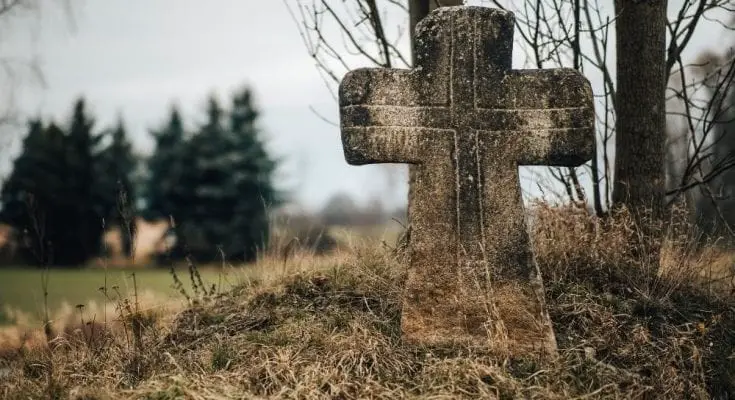Understanding the history of funerals requires us to take back to the dawn of mankind. Nearly every culture since the creation of man has formulated a ritual for the deceased. Excavation sites have uncovered burials that took place tens of thousands of years ago to prove ceremonies for the dead are almost innate to mankind. Peek through funeral history to gain insight on why we’ve always paid respects after the passing of our loved ones.
Funerals of The Past
When did funerals begin? To answer that question, we’ll journey all the way back to 4000 B.C., Egypt. Egyptians were known for mummification of the respected deceased. In 4000 B.C., they began embalming the dead to preserve those they adored. How influential and well-liked the person was would indicate how well-preserved their body would be. For example, royal King Tut was mummified and interred in a sarcophagus. Royalty were commonly embalmed and then entombed in these opulent caskets.
Over in Europe during this time, ceremonies to honor the dead looked different. Catacombs, which stand as significant tourist attractions these days, are large underground tunnels beneath cities. Paris is one of the major cities used catacombs to store the dead. (It may be unsurprisingly that these burial sites been inspirational to some scary movies.)
Romans are believed to be the first to use Cinerariums during the first century following the death of Christ. Cinerariums are large rooms or structures used to store urns. Many people still use these as a place to store ashes, commonly found in churches and at cemeteries.
In America
The tradition of holding private funeral services in the home shifted during the Civil War. Embalmed bodies of the fallen got shipped home for burial, which prompted the need for cemeteries. These landscapes and undertakers—now referred to as morticians—helped lift the burden off grieving families. This method of funeral service continued to gain popularity in American culture as it spread across the land from Boston to New York to Florida and out to California.
Modernized Funerals
An understanding of the history of funerals helps our comprehension of modern-day services. Developments in funeral services throughout time have increase folks’ expectations and desires for their own honorable ritual. Families often choose high-quality funeral homes based on offered services and family preference. Modernized rituals typically include memorial products that technology has allowed us to create in addition to the traditional burial or cremation.
Regardless of their evolution, funerals have allowed people to mourn those they’ve lost. Though rituals may vary by culture, the purpose remains constant: to honor our loved ones who’ve passed.
When did funerals begin?
When did funerals begin? To answer that question, we’ll journey all the way back to 4000 B.C., Egypt. Egyptians were known for mummification of the respected deceased. In 4000 B.C., they began embalming the dead to preserve those they adored. How influential and well-liked the person was would indicate how well-preserved their body would be. For example, royal King Tut was mummified and interred in a sarcophagus. Royalty were commonly embalmed and then entombed in these opulent caskets.



